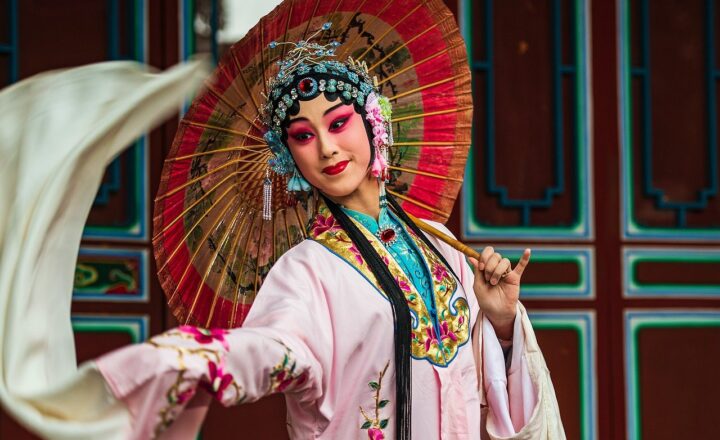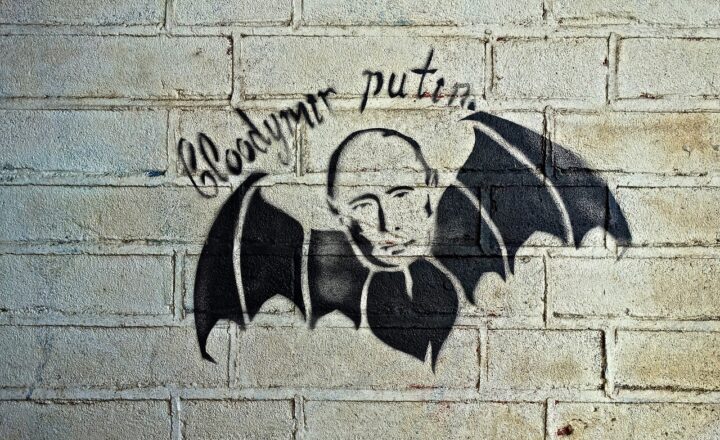Unleashing the Power of Pop Culture: How Movies, Music, and Art Shape Society
November 17, 2024

Pop culture acts as a mirror reflecting society’s collective experiences, anxieties, and aspirations. From the songs that top the charts to the blockbuster movies that become cultural phenomena, pop culture influences our thoughts, behaviors, and lifestyles in ways we often overlook. In this article, we will explore the undeniable power of pop culture, how various forms of art like movies and music shape our society, and why understanding this influence is vital in today’s fast-paced world.
1. What is Pop Culture?
Pop culture, short for popular culture, encompasses the ideas, practices, and phenomena that are prevalent in mainstream society at a given point in time. It includes movies, music, fashion, television, literature, and more, often paralleling and influencing societal trends.
It is characterized by:
- Accessibility: Pop culture is available to everyone, transcending boundaries of age, gender, and geography.
- Trendy Nature: What’s popular today may not be tomorrow, making pop culture dynamic and ever-changing.
- Collective Significance: It brings people together, offering common touchpoints for conversation and connection.
Understanding pop culture goes beyond mere entertainment; it requires analyzing its societal impacts and recognizing why it resonates.
2. The Storytelling Power of Movies
Movies are one of the most potent forms of pop culture, with the capacity to influence public opinion and create social movements. They tell stories that reflect the chaos, joys, and struggles of real life, serving as both entertainment and education.
Some reasons why movies hold immense power include:
- Cultural Reflection: Films often depict social issues, cultural identities, and historical events, helping audiences navigate complex topics. Movies such as “12 Years a Slave” and “Parasite” encourage discourse around race, class, and privilege.
- Emotional Connection: By eliciting emotions, films engage audiences deeply, making them more likely to empathize with characters and real-world situations they represent.
- Trendsetters: Iconic films often set trends in fashion, language, and even lifestyle choices. For example, the “Harry Potter” series significantly influenced fashion trends among young adults.
The ability of film to inspire action and provoke thought makes it a powerful catalyst for societal change.
3. The Influence of Music on Society
Music is another pillar of pop culture that transcends generations and demographics. It reflects societal changes and often conveys messages of rebellion, unity, and hope.
Here’s how music affects society:
- Voice of Movements: Artists like Bob Dylan and Kendrick Lamar have penned lyrics that address social justice and inequality, providing soundtracks for various movements and solidifying music’s role in activism.
- Cultural Identity: Music often cultivates a sense of belonging. Genres like hip-hop, reggae, and punk rock represent and celebrate cultural identities around the world.
- Mood Regulation: Music influences our emotions and mental states, improving mood and instigating social gatherings. Playlists can change the atmosphere of parties, workouts, or relaxation moments significantly.
Through its various forms, music not only entertains but also enhances social consciousness and unity among individuals.
4. The Role of Art in Shaping Culture
Art in its myriad forms—be it visual arts, performance, or literature—serves as a critical reflection of society’s values, beliefs, and identities. Visually striking works serve not just aesthetic purposes but also political, social, and personal dialogues.
The transformative power of art is evident through:
- Commentary on Society: Artists often provoke thought about political and social issues through their work. For instance, street art has become a canvas for political expression and activism worldwide.
- Inspiration for Change: Iconic artworks challenge the status quo and inspire movements. Artists like Ai Weiwei use their platforms to raise awareness about human rights issues, invoking global attention and discussion.
- Emotional Resonance: Art, much like music and film, has the power to evoke profound emotions, making individuals feel connected to their communities and cultures, as well as to the broader human experience.
Art becomes a place for expression and a means to spark dialogues, allowing diverse voices to be heard and understood.
5. The Interconnectedness of Pop Culture Forms
An important aspect of pop culture is that its various forms are interconnected. Movies can influence music. A popular film’s soundtrack often boosts the visibility of artists, encouraging chart-topping hits, while songs inspire the themes prevalent in films.
For instance:
- Influence of Cinema on Music: Soundtracks from films like “Guardians of the Galaxy” or “A Star is Born” can propel lesser-known artists into the mainstream, showcasing the synergy between music and film.
- Artistry & Design in Animation: The artistry in animation films can influence fashion trends and inspire graphic design, as seen in movies like “Frozen” and “The Incredibles.”
- Social Media & Pop Culture: Platforms like TikTok and Instagram propel pop culture trends, with music tracks going viral, leading to dance challenges or memes that can transcend age gaps and cultures, highlighting the rapid adaptability of pop culture.
The interconnectedness of various forms of pop culture demonstrates how they collectively shape societal narratives and trends.
Conclusion: Understanding Pop Culture’s Impact
Pop culture shapes and mirrors society in profound ways. Its influence permeates daily life, informing attitudes, behaviors, and trends. To understand the evolving landscape of humanity, researchers, educators, and individuals must engage with and critically analyze pop culture. This engagement will not only deepen our understanding of cultural phenomena but also empower us to harness its power for positive change.
As consumers of pop culture, we can choose to support art and media that uplift, inform, and inspire, ultimately using those reflections of society to foster a healthier and more equitable world.






